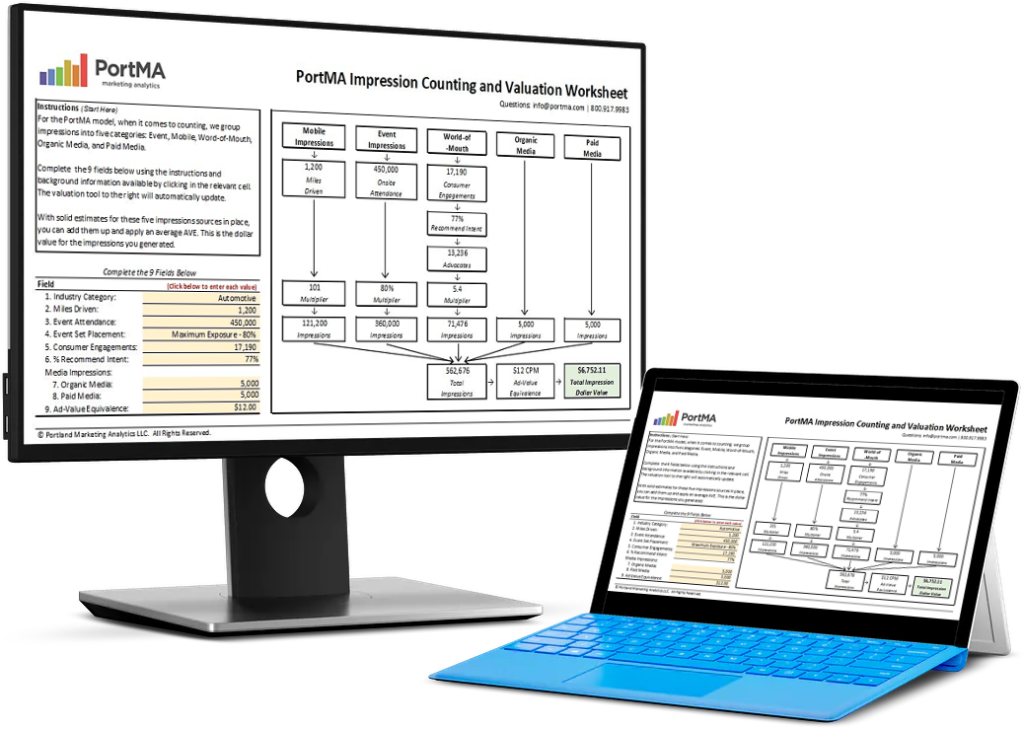
Cast your mind back about 15 or so years – were you already working in experiential marketing? If you were, you may remember a very different kind of recap reporting after a campaign: glossy pictures of happy target customers and maybe a few receipts were the only things required. Those days are gone.
As brand managers have discovered the power of data, their demands on agency partners have changed. Glossy photos are no longer enough. Instead, you need to deliver solid experiential data and establish a clear return-on-investment (ROI). Working closely with your field staff is crucial to help you achieve those goals. Here is an overview of the metrics you need to ask from your team.
Estimated reading time: 3 minutes
Three Core Questions For Field Staff
It may sound obvious, but it’s worth repeating. The only way for you to get clear answers from your field staff is by training them exactly on those metrics. If field staff are unsure about what you need from them, they can’t deliver solid experiential data to you.
For most campaigns and events, the metrics you need revolve around three questions:
- How often am I getting to the right kind of person?
- Am I doing that at a reasonable level of efficiency?
- And am I reaching the right people?
Your metrics need to revolve around those core questions to help you make decisions between different channels. You are choosing an experiential channel because you believe it is the right place for the kind of people you want to reach. Now, you need to generate the experiential data to prove this assumption was correct, your campaign worked, and delivered the ROI your client is looking for.
(You can listen to the full episode of the podcast below.)
Benchmarking Purchase Intent
Simply put, most campaigns aim to create intent where it previously didn’t exist. In most cases, that’s purchase intent.
Depending on the brand and the product, you may be able to connect your metrics to direct purchases, i.e. how many customers walked into the store? In that case, it is possible to measure a direct ROI.
For larger items with an extended purchase cycle like a car, your goal is more likely to be part of the consideration set of the customer. Will they think about you when it comes time to make that purchase? For our car example, being in the consideration set is relevant and important. It measures the impact of your experiential marketing activity.
Balancing Spend vs Impact For ROI
Does your experiential data confirm that this kind of marketing is worthwhile? In other words, what was the campaign’s ROI? When you’re answering that question in your recap reporting, it’s best to express ROI in dollar value to keep it comparable to other channels.
In Part Two of this blog, we’ll dive into details of metrics that we have found to work well for most brands.

Download the Free Spreadsheet Tool
CALCULATE THE DOLLAR VALUE OF EVENT IMPRESSIONS
PortMA Impression Counting and Valuation Worksheet
Download this spreadsheet and complete the fields for your campaign to get a clear count of your activation impressions translated into a Dollar Value of Marketing
Impression Spreadsheet
